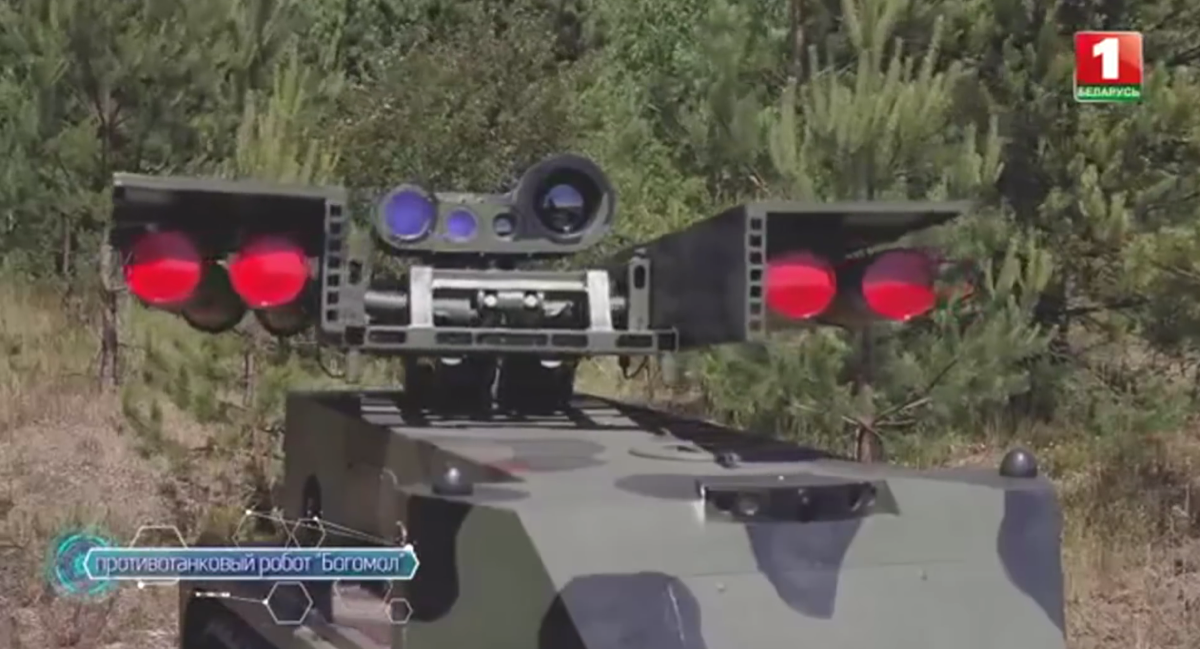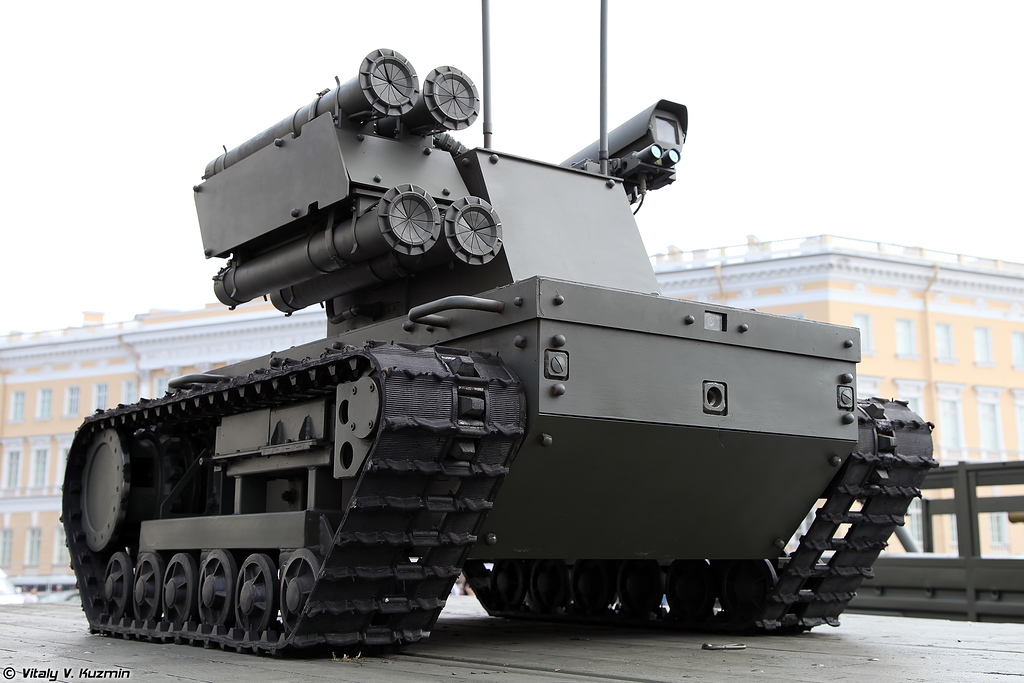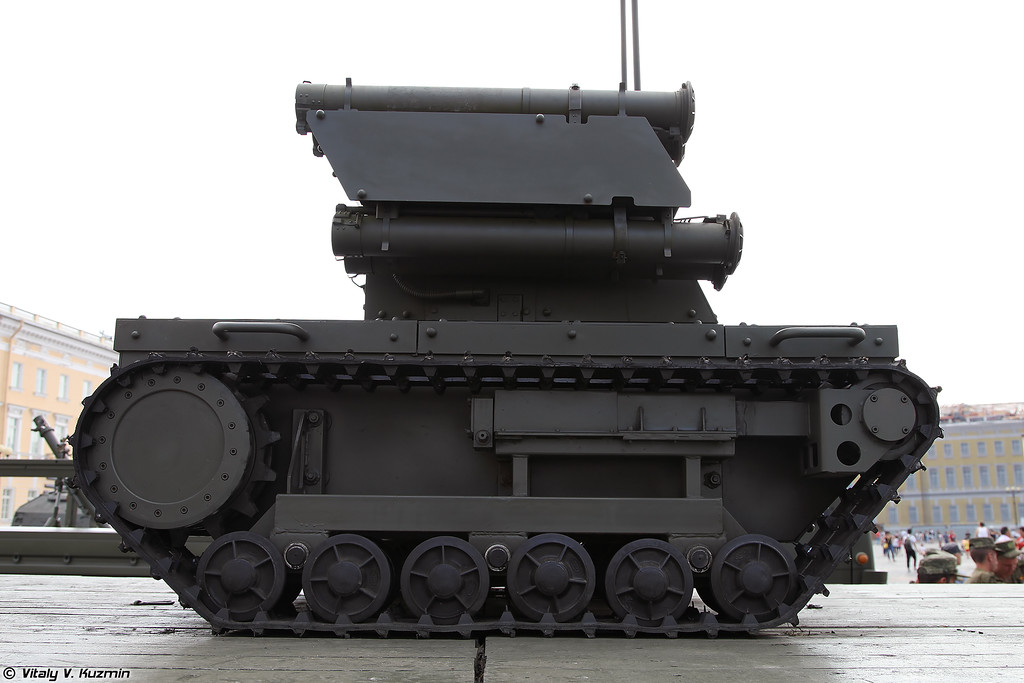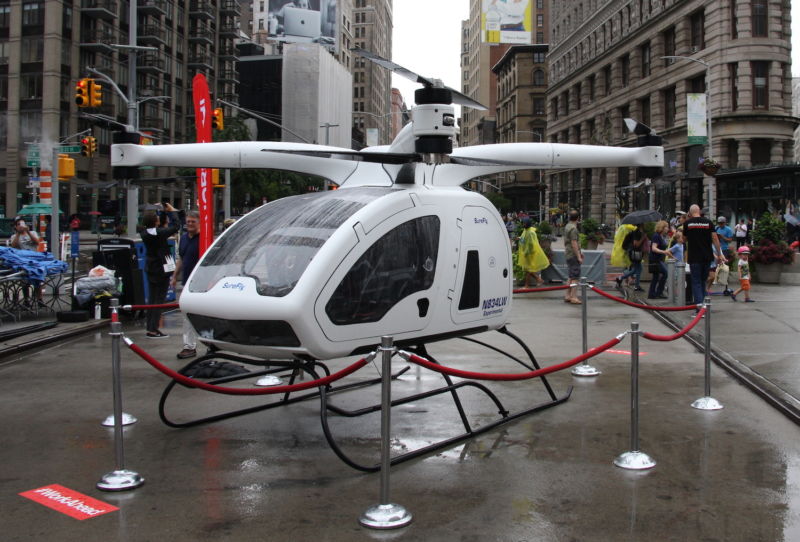Kustaanmiekka
Kenraali
Airbusin miehittämätön aurinkovoimalla lentävä Zephyr S -kone on tehnyt uuden ennätyksen lennon kestossa ilman tankkauksia. Kone on nyt ollut ilmassa yli 14 vuorokautta ja 22 tuntia ja se jatkaa tehtävää edelleen.
Airbus Defence and Space Zephyr on ns. High Altitude Pseudo-Satellite (HAPS). Sillä pyritään täydentämään aukkoa satelliittien ja tavallisten miehittämättömien UAV-ilma-alusten (Unmanned Aerial Vehicle) välillä.
Pelkästään auringon säteilystä käyttövoimansa saava Zephyr lentää korkealla muun lentoliikenteen yläpuolella. Keskeinen ominaisuus on pitkä lentoaika.
Kone pystyy viemään erilaisia sensoreita normaalien säävaihteluiden, suihkuvirtausten ja lentoliikenteen yläpuolelle ja pysymään siellä viikkokausia. Vielä koelentovaiheessa olevilla HAPS-pseudosatelliiteille nähdään tulevaisuudessa niin sotilas- kuin siviilikäyttöä.
http://www.lentoposti.fi/uutiset/ai...tykselliset_14_vuorokautta_tavoitteena_16_lis
Airbus Defence and Space Zephyr on ns. High Altitude Pseudo-Satellite (HAPS). Sillä pyritään täydentämään aukkoa satelliittien ja tavallisten miehittämättömien UAV-ilma-alusten (Unmanned Aerial Vehicle) välillä.
Pelkästään auringon säteilystä käyttövoimansa saava Zephyr lentää korkealla muun lentoliikenteen yläpuolella. Keskeinen ominaisuus on pitkä lentoaika.
Kone pystyy viemään erilaisia sensoreita normaalien säävaihteluiden, suihkuvirtausten ja lentoliikenteen yläpuolelle ja pysymään siellä viikkokausia. Vielä koelentovaiheessa olevilla HAPS-pseudosatelliiteille nähdään tulevaisuudessa niin sotilas- kuin siviilikäyttöä.
http://www.lentoposti.fi/uutiset/ai...tykselliset_14_vuorokautta_tavoitteena_16_lis







